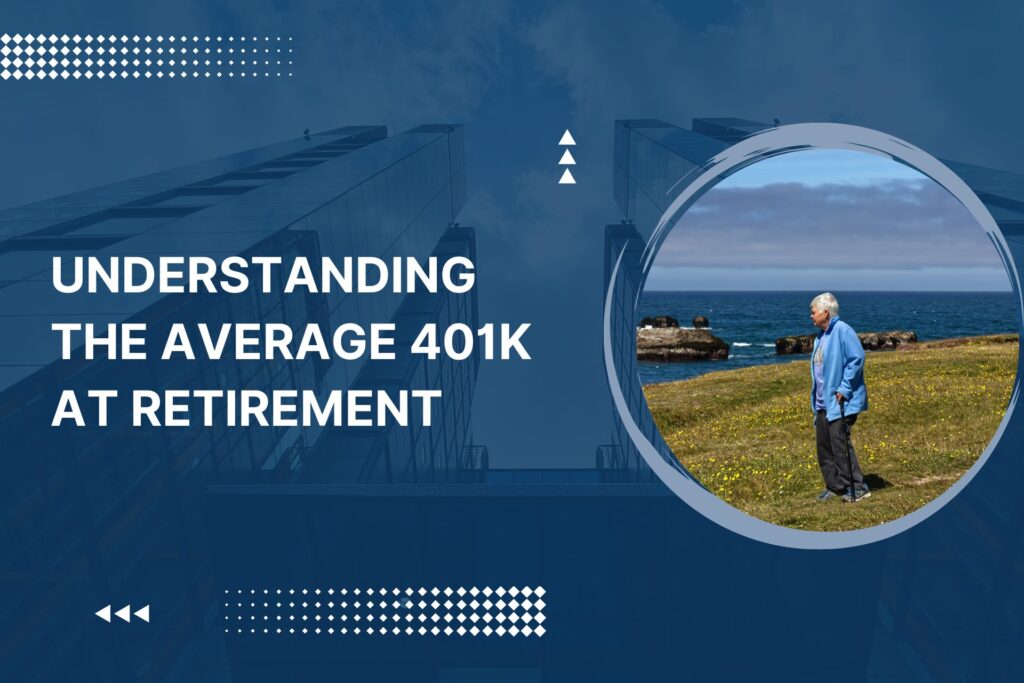Retirement planning is a crucial aspect of financial management that demands careful consideration and strategic decision-making. Among the various tools available for retirement savings, the 401k retirement account stands out as one of the most popular and effective options. Understanding the average 401k at retirement can provide valuable insights into how individuals can optimize their retirement savings strategy.
What is a 401k?
Before delving into the details of the average 401k at retirement, let’s first understand what a 401k is. A 401k is a retirement savings account offered by employers to their employees. It allows employees to contribute a portion of their pre-tax income to the account, which can then be invested in a variety of investment options such as stocks, bonds, and mutual funds. One of the key advantages of a 401k is that contributions are typically tax-deferred, meaning that taxes on the contributions and earnings are not paid until the funds are withdrawn during retirement.
Factors Influencing the Average 401k at Retirement
Several factors can influence the average 401k at retirement, including:
1. Contribution Rate
The amount individuals contribute to their 401k account during their working years plays a significant role in determining the size of their retirement nest egg. Higher contribution rates result in larger 401k balances at retirement, providing retirees with more financial security.
2. Investment Performance
The performance of the investment options within the 401k account can have a substantial impact on the overall balance at retirement. Choosing investment options wisely and regularly reviewing and adjusting the investment portfolio can help maximize returns and ensure long-term growth.
3. Employer Matching Contributions
Many employers offer matching contributions to their employees’ 401k accounts, wherein the employer matches a certain percentage of the employee’s contributions. Taking full advantage of employer matching contributions can significantly boost the 401k balance at retirement.
4. Withdrawal Timing and Strategy
The timing and strategy for 401k withdrawals during retirement can also affect the average 401k at retirement. Withdrawing funds too early or too aggressively can deplete the 401k balance prematurely, while strategic withdrawal strategies can help preserve and maximize retirement savings.
Understanding the Average 401k at Retirement
The average 401k at retirement varies widely depending on various factors such as age, income, contribution rate, investment performance, and retirement lifestyle. However, according to recent studies, the average balance in a 401k account at retirement is approximately $250,000 to $300,000.
Importance of Starting Early
One of the most critical factors in achieving a healthy 401k balance at retirement is starting early. The power of compound interest allows contributions made early in one’s career to grow exponentially over time, significantly boosting the 401k balance at retirement.
Benefits of Regular Contributions
Consistently contributing to a 401k account throughout one’s career, even if the contributions are small initially, can accumulate substantial savings over time. Automatic payroll deductions make it easy to contribute regularly, ensuring disciplined savings habits.
Diversification and Risk Management
Diversifying the investment portfolio within a 401k account is essential for mitigating risk and maximizing returns. Allocating assets across different investment options helps spread risk and increase the likelihood of achieving long-term growth.
Strategies for Maximizing Your 401k Balance
Now that we’ve discussed the factors influencing the average 401k at retirement, let’s explore some strategies for maximizing your 401k balance:
1. Maximize Contributions
Strive to contribute the maximum allowable amount to your 401k account each year. The more you contribute, the faster your 401k balance will grow, leading to a more substantial nest egg at retirement.
2. Take Advantage of Employer Matching Contributions
If your employer offers matching contributions, be sure to contribute enough to receive the full match. This is essentially free money that can significantly boost your 401k balance over time.
3. Review and Adjust Your Investment Portfolio Regularly
Regularly review your investment portfolio within your 401k account and make adjustments as needed. Rebalance your portfolio periodically to ensure it remains aligned with your risk tolerance and retirement goals.
4. Consider Catch-Up Contributions
If you’re age 50 or older, take advantage of catch-up contributions, which allow you to contribute additional funds to your 401k above the annual contribution limit. This can help accelerate the growth of your 401k balance as you approach retirement age.
Want to Know More about 401K Plans?
Click here to Schedule a Free Consultation Today!Conclusion
Understanding the average 401k at retirement is crucial for individuals looking to optimize their retirement savings strategy. By maximizing contributions, choosing investment options wisely, taking advantage of employer matching contributions, and implementing a sound withdrawal strategy, individuals can work towards achieving a comfortable retirement lifestyle.
Remember, the key to building a substantial 401k balance at retirement lies in starting early, contributing regularly, and making informed financial decisions along the way


